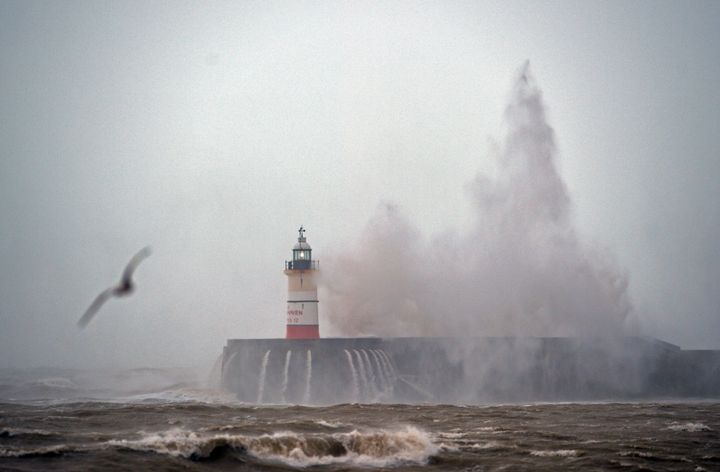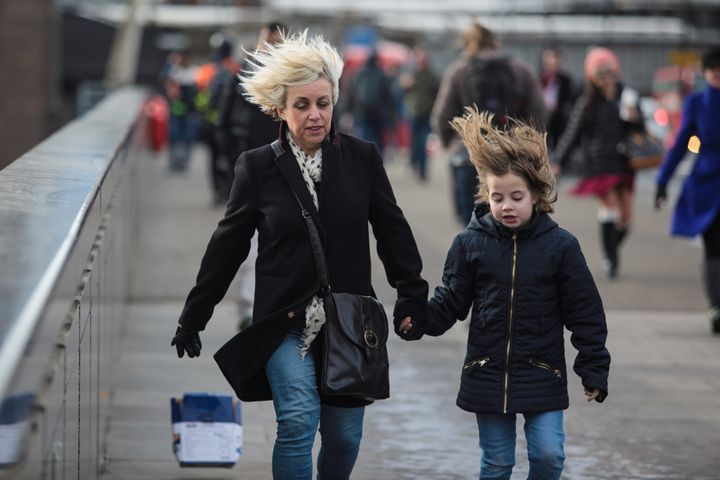Storms in the UK have only been given names in recent years - but there’s actually a very good reason this is now done.
The Met Office, in partnership with Ireland’s Met Éireann forecaster, began naming storms in autumn 2015.
The pilot scheme began with Storm Abigail in November and saw 11 storms given human names.

It was found that this made a big difference in helping to communicate information about upcoming storms and potentially dangerous weather.
Derek Ryall, Head of Public Weather Service at the Met Office said: “By naming storms more people were made aware of the approaching threat of severe weather and were able to act on this information.
“A YouGov survey based on the first seven storms showed that 55% of those surveyed took steps to prepare for stormy weather after hearing that a storm had been named.
“People were therefore better informed.”

It was therefore decided that storms would be named from then on.
Storms are now named when the Met Office accords it either an amber ‘be prepared’ or red ‘take action’ warning.
Names are chosen in alphabetical order, although some of the trickier letters are missed out.
This ensures that the UK stays in line with the US National Hurricane Centre naming convention and to maintain consistency for official storm naming in the North Atlantic.
These are the names being used in the current cycle:
Angus
Barbara
Conor
Doris
Ewan
Fleur
Gabriel
Holly
Ivor
Jacqui
Kamil
Louise
Malcolm
Natalie
Oisín
Penelope
Robert
Susan
Thomas
Valerie
Wilbert
The Met Office is not currently accepting nominations from the general public because it received so many when it opened the competition at the scheme’s inception.
In the case of ex-tropical storms or hurricanes, the name given by the US National Hurricane Centre is still used.
Storm Doris reached nearly 90mph in her haste to batter Britain - and has morphed into a ‘weather bomb’ along the way.
Having rapidly deepened over the last 24 hours, the storm has undergone a process called explosive cyclogenisis, forcing violent winds from the system known as ‘bombs’.
A woman died in Wolverhampton on Thursday in a storm related incident, according to sources.
